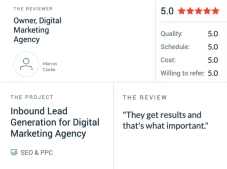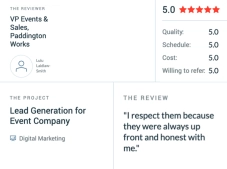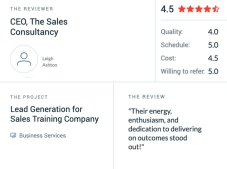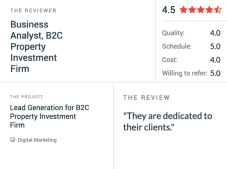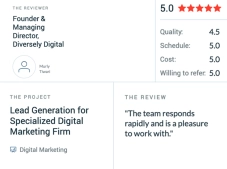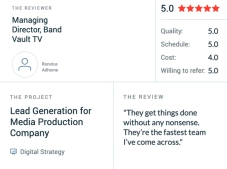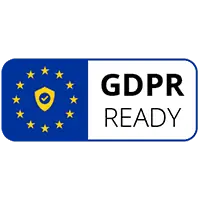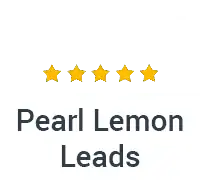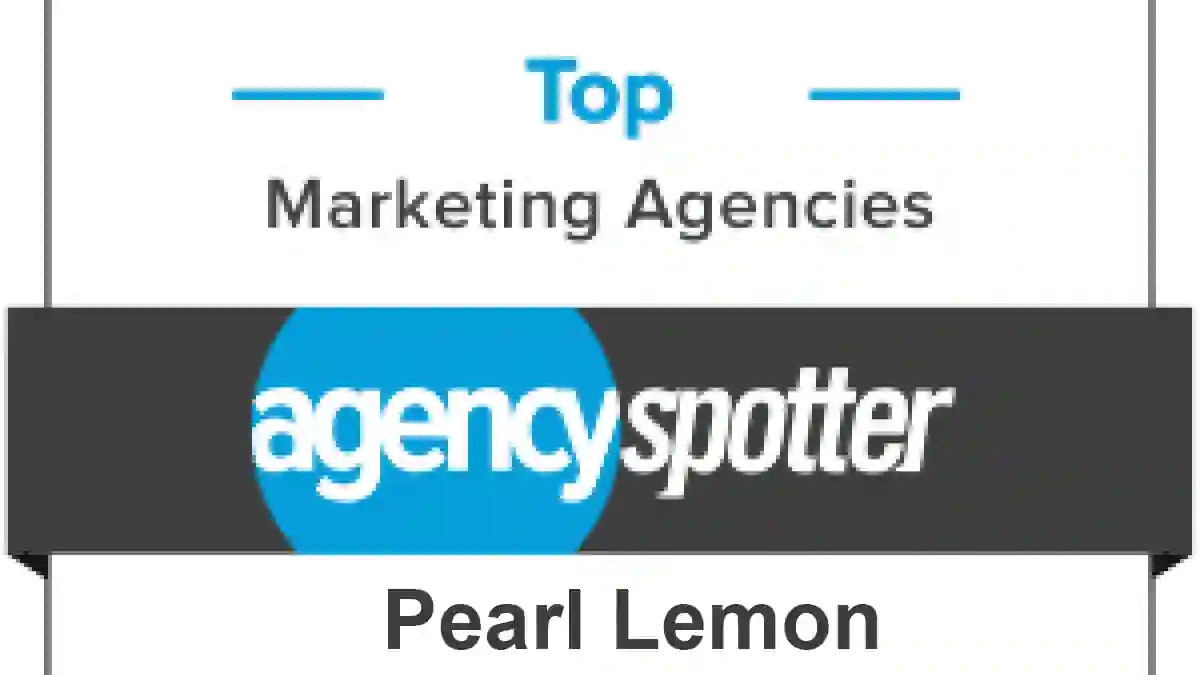Email Marketing Basics: How to Start a Marketing Email
Email marketing is a highly effective way to reach your target audience and keep them engaged with your brand. However, crafting a great email that resonates with your readers can be challenging.
Whether you are trying to promote a product or send out a message, it is important to get the tone and content of your email just right.
To help you get started, we’ve compiled nine tips for creating a marketing email that stands out.
Establish Your Email Marketing Goals
Email marketing is an essential aspect of modern-day digital marketing. However, as with any form of marketing, it’s crucial to establish your email marketing goals before sending out any emails. The first step is to identify what you want to achieve with your efforts.
Your email marketing goals can vary depending on the nature of your business and the type of audience you’re targeting. For instance, if you’re running an e-commerce store, you should focus on driving sales through promotional campaigns or product launches.
On the other hand, if you operate a B2B business, your goal could be to generate leads or build relationships with potential clients. Once you’ve determined your email marketing goals, you can start building your email marketing list.
Build Your Email Marketing List
Before sending marketing emails, you need to have a list of subscribers who have expressed interest in your business. Building an email marketing list is the next step towards creating a successful email campaign.
There are several ways to build your email marketing list. The most common method is through online sign-up forms on your website or social media platforms. You can also collect email addresses at events or trade shows. Always focus on quantity and quality when building your list.
Select The Type Of Email Campaigns You Want To Send
Before you start crafting your message, it’s important to determine the type of email campaign that will best suit your goals and target audience. There are various email campaigns, such as newsletters, promotional emails, welcome emails, abandoned cart emails and many more.
Newsletters typically contain company updates or industry news, while promotional emails highlight special offers or discounts. Welcome emails are sent out after someone signs up for your mailing list and serve as an introduction to your brand. Abandoned cart emails remind customers about items they left in their online shopping cart.
Once you’ve selected the type of email campaign that suits your needs, you can go ahead to create engaging content that will entice your subscribers to take action.
Use Images And Visuals To Boost Engagement
Images and visuals are powerful tools that can help brands capture the attention of their subscribers quickly. People are visual creatures, meaning they process images much faster than text. Incorporating eye-catching graphics into your marketing emails helps grab the subscriber’s attention and enables you to convey your message more effectively.
Moreover, using images in your marketing email can evoke emotions that encourage subscribers to take action. For instance, if you’re promoting a sale on shoes, including an image of happy customers wearing stylish shoes will make people associate positive emotions with your product or service.
Personalise Your Email Campaigns
Personalisation is a key aspect of successful email marketing campaigns. Personalising your emails makes the recipient feel valued and important, which can lead to higher engagement rates and conversions.
Personalisation involves more than just addressing the recipient by their name; it also includes tailoring the content of the email to their interests, needs, and behaviours.
To begin personalising your email campaigns, segment your audience based on demographics such as age or location. This will allow you to create targeted messaging that resonates with each group.
Next, use data tracking tools to analyse customer behaviour and preferences so that you can customise your content accordingly. For example, if a customer frequently purchases athletic wear from your online store, send them personalised recommendations for new arrivals in that category.
Ensure Your Campaign Is Relevant To Every Subscriber
Ensuring every email campaign you send is relevant to each subscriber on your list is important. One of the easiest ways to do this is by segmenting your email list based on various factors such as demographics, interests, and past purchase behaviour. This allows you to tailor your messaging and offers to each group’s specific needs and preferences.
Another crucial element in ensuring relevance for each subscriber is personalisation. With automation tools or a CRM system, you can easily insert personalised details such as their name or location into the email copy. This creates a sense of connection with the reader and makes them feel valued by your brand.
Talk About Benefits, Not Features
One way to achieve this is by focusing on the benefits of your product or service rather than its features. While features may be important, benefits ultimately persuade people to take action.
Benefits answer the question, “What’s in it for me?” They explain how your product or service will improve a person’s life or solve their problem.
Be Brief
You only have a short time to make an impression with your email. That’s why it’s important to be brief when crafting your message.
When writing a marketing email, brevity is key. You want to capture your reader’s attention quickly and get straight to the point. Avoid long-winded sentences and paragraphs that might cause your reader to lose interest. Focus on concise language that conveys your message.
Use Actionable Language In Your Call-To-Action
When writing a marketing email, crafting the perfect call-to-action (CTA) is crucial in driving conversions. After all, your CTA compels readers to take the next step and engage with your brand. While many factors contribute to a successful CTA, one key element is using actionable language.
Using verbs in your CTA can create a sense of urgency and encourage readers to take immediate action. Words like “register,” “Subscribe,” or “buy” give readers a clear idea of what they need to do next.
Additionally, incorporating words that convey value, such as “save,” “exclusive,” or “limited-time offer”, can make your offer more enticing and urge readers to act quickly. It’s also important to consider the placement of your CTA within the email. It should be prominently displayed and easily visible without scrolling down too far.
Conclusion
Email marketing is one of the most effective ways to reach customers, build relationships, and increase sales. However, it’s not enough to send an email – you need to ensure that your emails are engaging and persuasive if you want them to be successful.
Once you have implemented the email marketing tips mentioned above, you can start sending your email!
Was this article helpful? Let us know in the comments.
FAQ
What are the best words to use in email marketing?
Personalisation is key when it comes to email marketing. Using words like “you” and “your” helps connect you and your audience. Addressing people by name also makes them feel valued as individuals rather than just another number on your mailing list.
Urgency can be a powerful motivator for people to take action. Words like “limited time offer”, “act fast”, or “now” can encourage subscribers to click through and make a purchase before they miss out on something special.
How do you start an email phrase?
Firstly, consider your audience and their relationship with you. If it’s someone you have never met before, start with a formal greeting such as “Dear” followed by their name and title. On the other hand, if it’s someone familiar, like a colleague or friend, you can use more idiomatic phrases like “Hi” or “Hey”.
Another important factor to consider when starting an email is the purpose of your message. If it’s an inquiry about something specific, mention that in your opening line so the reader knows what they are dealing with.
How do you write a professional email for email marketing?
The first step in writing a professional email is to know your target audience. Understanding their needs, preferences, and interests will help you tailor your message accordingly.








